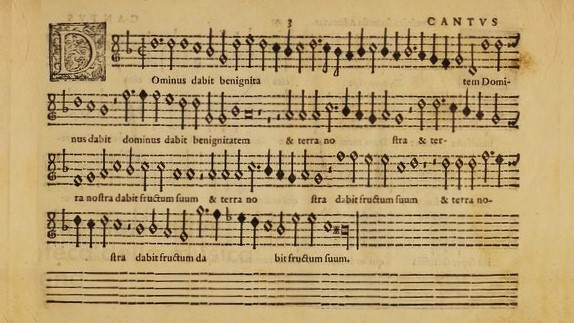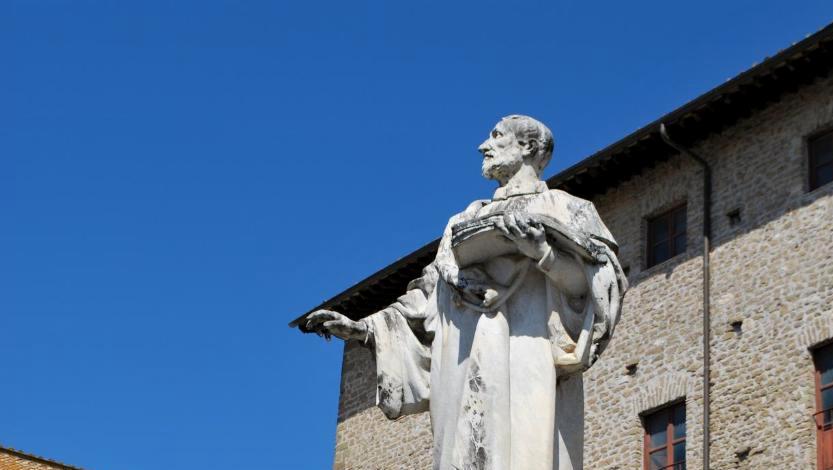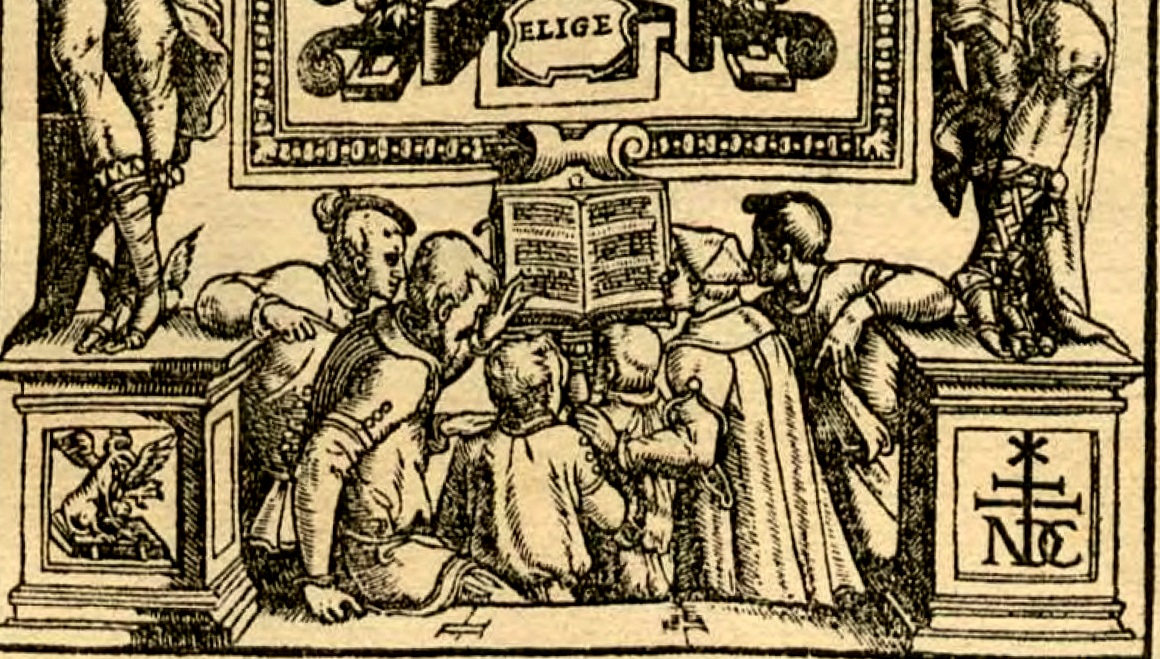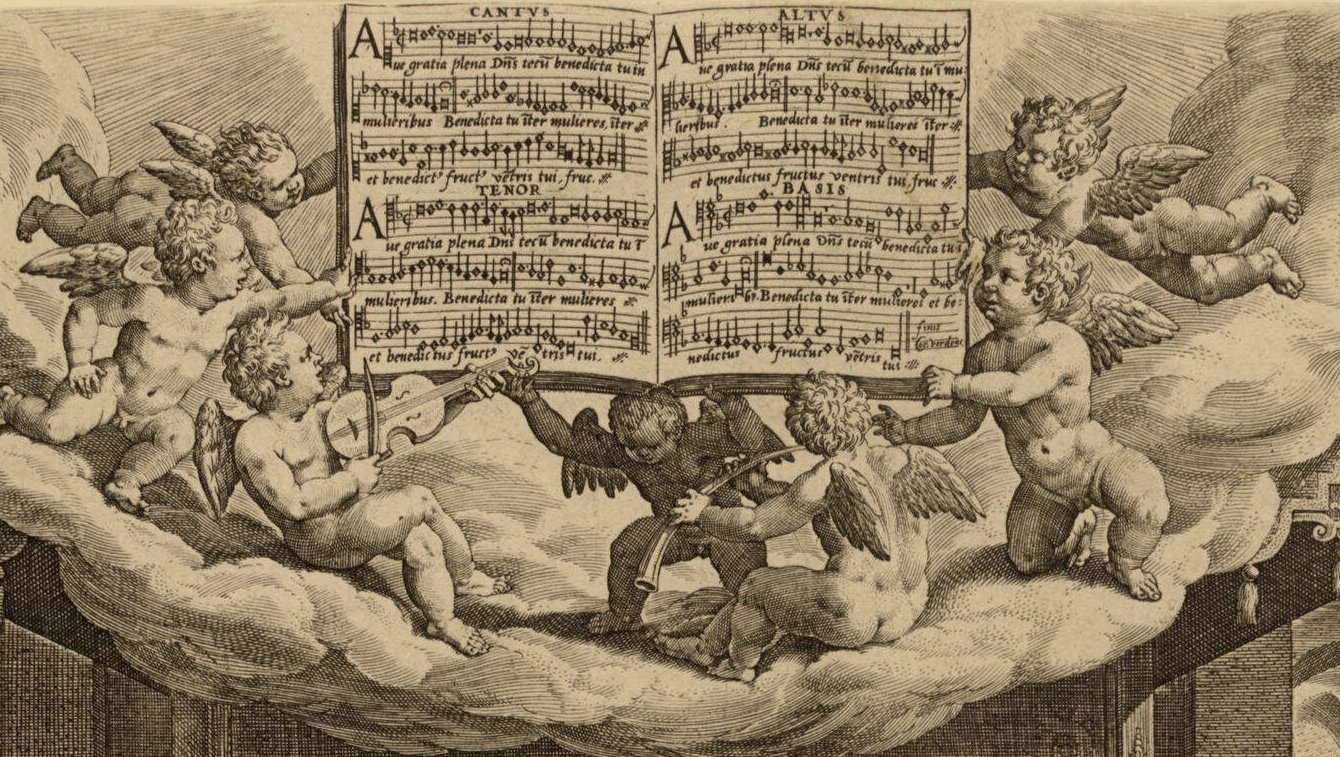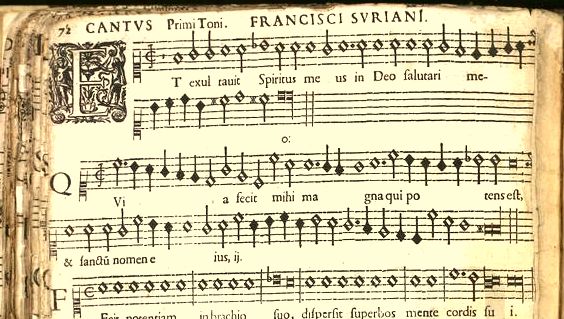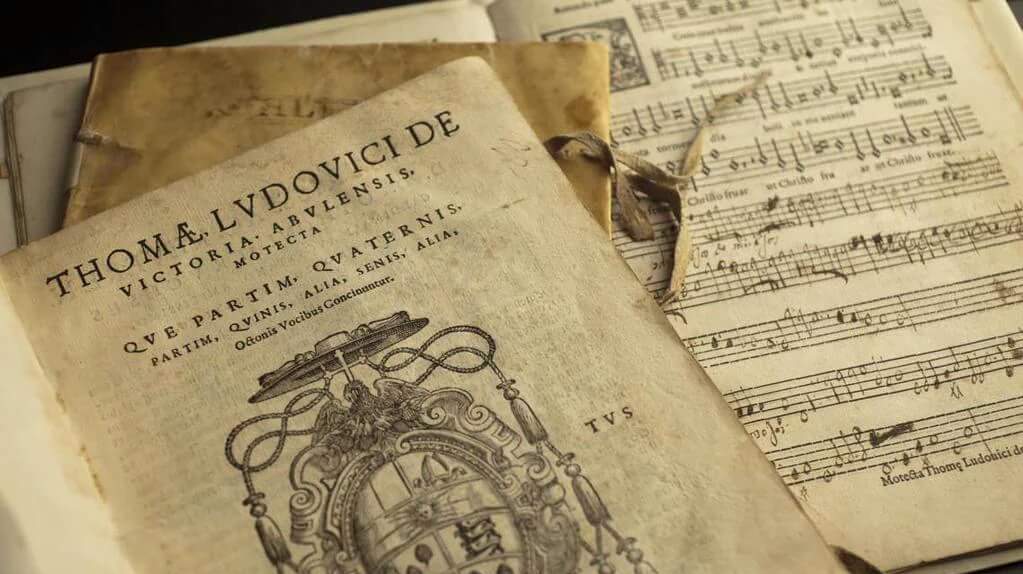The motet Dominus dabit benignitatem by Ludovico Balbi
The motet Dominus dabit benignitatem by Ludovico Balbi ❧ Both the sixteenth as the seventeenth centuries were times when an almost infinite number of musicians worked in European religious institutions at a higher level never seen after. I have frequently stated this in several conferences and talks followed by the fact that everyday there is an unknown composer that was …
The motet Dominus dabit benignitatem by Ludovico Balbi ❧ read more »

